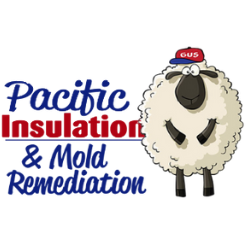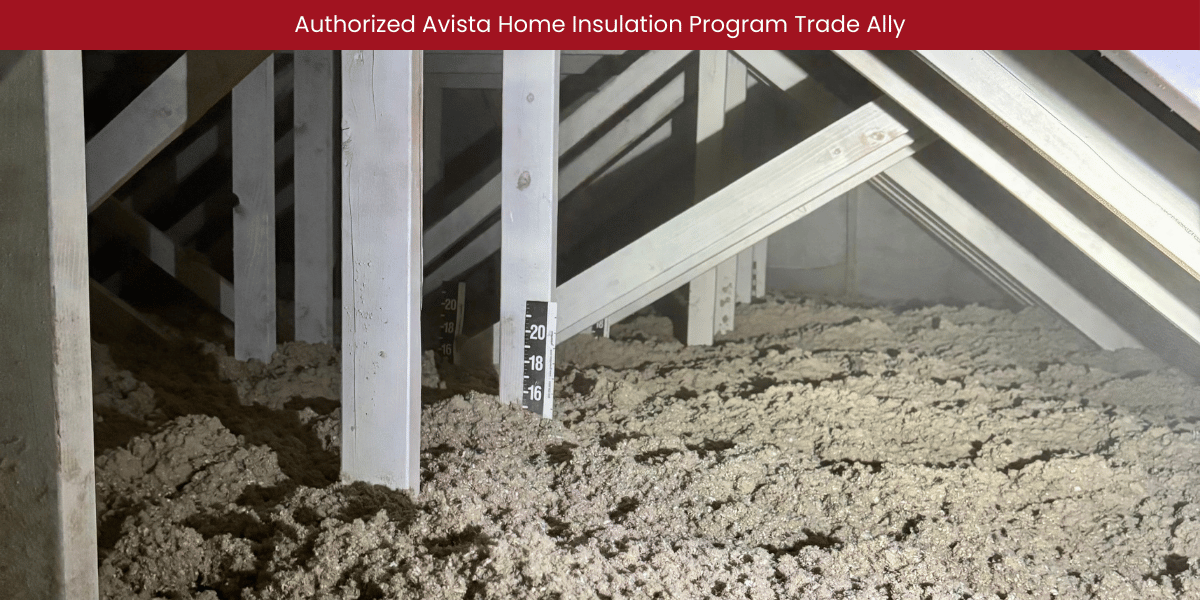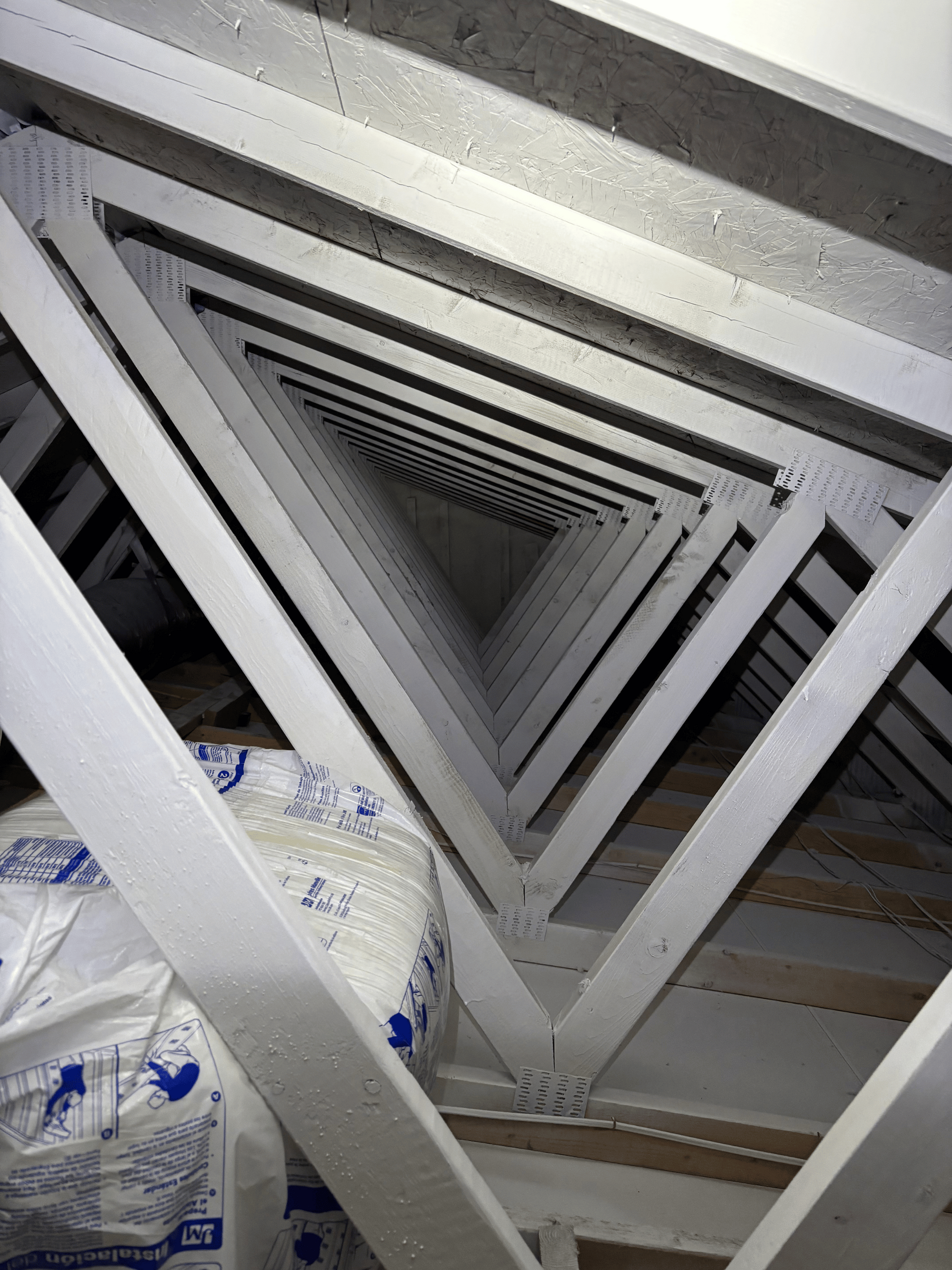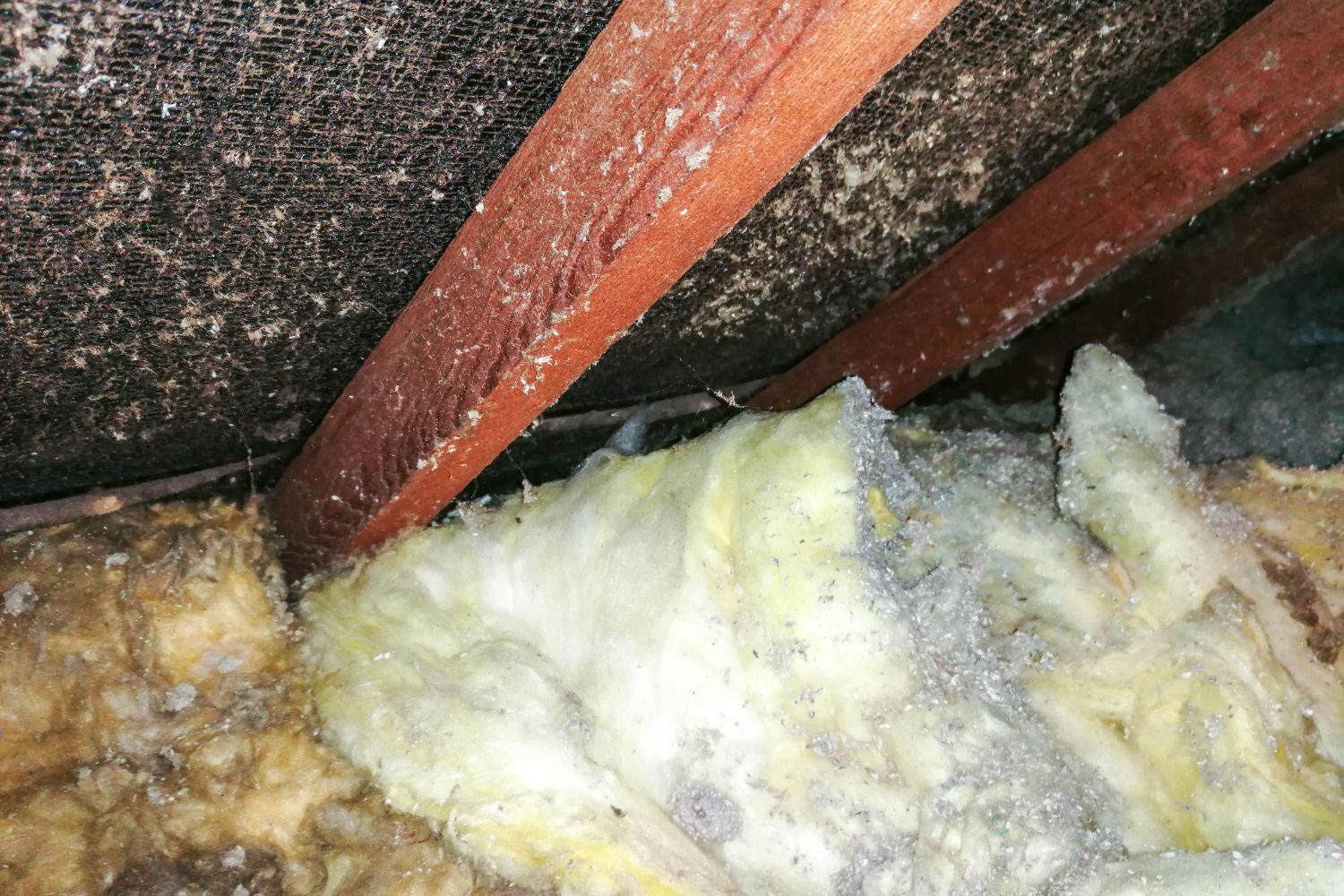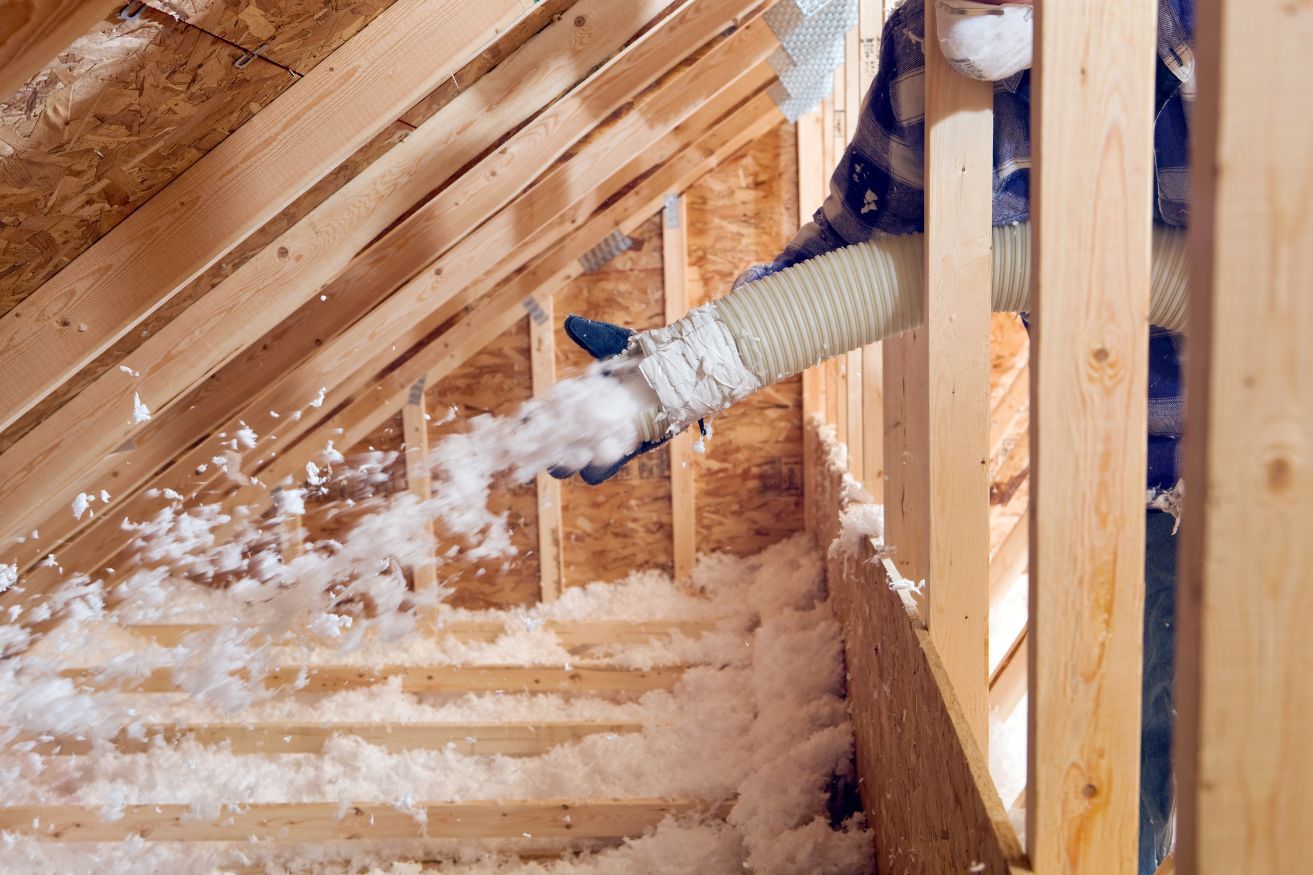The Long Term Affects of Attic Mold Exposure
Hey there! So, you're curious about attic mold and what it might mean for you in the long run. You've come to the right place. Attic mold isn't just a pesky problem; it can actually have some serious implications for your health. Let's dive in and take a closer look at what attic mold exposure is all about and how it might affect you over time. Mold is more than just an unsightly nuisance; it's a potential health hazard that can lead to chronic conditions if not addressed promptly. Understanding the risks associated with attic mold exposure can empower you to take necessary precautions and protect your household.
Understanding Attic Mold
First things first, let's talk about what attic mold is. Mold is a type of fungus that loves damp, warm, and poorly ventilated spaces—your attic might just be its dream home! Mold spores float through the air and can settle on surfaces, growing into colonies if the conditions are right. These colonies can spread rapidly, especially in areas where moisture persists, potentially leading to significant damage to your home's structure and compromising air quality.
How Does Mold Get Into the Attic?
Mold spores are pretty much everywhere, but they need the right conditions to grow. In an attic, mold growth often happens due to:
- Poor Ventilation: Without proper airflow, moisture gets trapped. When air circulation is inadequate, it creates an environment where mold can thrive, making it crucial to ensure that your attic has sufficient ventilation.
- Roof Leaks: Water from leaks can create a perfect breeding ground for mold. Even small leaks can lead to significant moisture accumulation over time, which fosters mold growth.
- Humidity: High humidity levels can lead to condensation, providing moisture for mold to thrive. Using a hygrometer to monitor humidity levels can help you keep the environment in check and take action before mold becomes a problem.
Symptoms of Mold Exposure
So, you've got mold in your attic. What next? Mold exposure can lead to a variety of symptoms, especially if you're breathing in those pesky spores regularly. Here's what you might experience:
Short-Term Symptoms
- Sneezing and Coughing: Mold spores can irritate your respiratory system. Even short periods of exposure can lead to persistent coughing or sneezing fits, which can be uncomfortable and disruptive.
- Watery or Itchy Eyes: Your eyes might react to mold spores as they would with pollen. This reaction can be particularly bothersome for contact lens wearers or those with sensitive eyes.
- Skin Rashes: Direct contact or prolonged exposure can lead to skin irritation. This is often seen in individuals who are sensitive to allergens, and the irritation can persist even after the source is removed.
Long-Term Health Effects
While short-term symptoms can be annoying, it's the long-term effects you should really be concerned about:
- Chronic Respiratory Issues: Persistent exposure can lead to asthma or worsen existing respiratory conditions. This can result in long-term reliance on medications or inhalers to manage symptoms.
- Fatigue and Weakness: Constant exposure might leave you feeling tired and drained. Over time, this can impact your productivity and overall quality of life, as your body struggles to cope with ongoing exposure to allergens.
- Serious Infections: For individuals with weakened immune systems, mold exposure can lead to more severe health problems like infections. These infections can be particularly dangerous as they might require intensive medical treatment and can complicate existing health conditions.
How Mold Exposure Affects Different People
It's important to know that mold doesn't affect everyone the same way. Some people might be more sensitive to mold exposure than others. Let's explore who might be more at risk:
People with Allergies or Asthma
If you've got allergies or asthma, mold can be a real problem. It can trigger asthma attacks and worsen allergy symptoms, leading to a constant battle with sneezing, coughing, and wheezing. Managing these symptoms often requires increased medication or lifestyle adjustments, which can be both costly and disruptive.
Children and Elderly
Kids and older adults have more vulnerable respiratory systems. This means mold exposure can have a more significant impact on them, potentially leading to chronic respiratory issues. Their immune systems are either still developing or not as robust, making them more susceptible to the adverse effects of mold.
Individuals with Weakened Immune Systems
For those with compromised immune systems, mold exposure can lead to serious health risks, including infections and other complications. Individuals undergoing treatments such as chemotherapy or those with autoimmune diseases must be particularly cautious, as their bodies are less equipped to fight off mold-related health issues.
Preventing Mold Growth in the Attic
Now that we know the effects of mold exposure, let's talk prevention. Keeping mold out of your attic is all about controlling moisture and ensuring good ventilation. By taking proactive steps, you can significantly reduce the risk of mold growth and maintain a healthy living environment.
Tips to Keep Your Attic Mold-Free
- Fix Leaks Promptly: Any leaks in your roof should be addressed immediately to prevent moisture buildup. Regularly inspecting your roof for signs of damage can help catch leaks early.
- Ensure Proper Ventilation: Install vents or fans to improve airflow in your attic. This helps in maintaining an environment that is not conducive to mold growth.
- Use a Dehumidifier: Keeping humidity levels below 60% can help prevent mold growth. Regularly monitoring humidity and using a dehumidifier can be an effective way to control moisture.
- Regular Inspections: Periodically check your attic for signs of mold and address any issues quickly. Early detection is key to preventing more extensive and costly problems down the line.
Handling Mold in Your Attic
So, what if you already have mold in your attic? Here's how you can deal with it safely:
DIY vs. Professional Removal
You might be tempted to tackle mold removal yourself, but it's often best left to professionals. Mold removal experts have the tools and expertise to handle the situation safely and effectively. They can also provide insights into how to prevent future mold issues, giving you peace of mind.
Safety First
If you decide to do it yourself, make sure you wear protective gear like gloves, goggles, and a mask to avoid inhaling spores. These precautions are essential to protect your respiratory system and skin from potential irritation or allergic reactions.
Cleaning Mold
Use a mixture of water and detergent or specialized mold cleaner to scrub away mold. Be thorough and ensure the area is completely dry afterward to prevent future growth. It's important to dispose of any materials that cannot be thoroughly cleaned, as they can harbor mold spores and lead to regrowth.
Final Thoughts
Attic mold can be more than just a nuisance—it can have long-lasting effects on your health. By understanding the risks and taking steps to prevent and address mold in your attic, you can protect yourself and your loved ones from its harmful effects. Regular maintenance and vigilance are key to ensuring a mold-free environment.
Remember, it's always a good idea to consult with professionals if you're dealing with a significant mold problem. They can provide tailored solutions and ensure that the mold is completely eradicated. Stay safe and breathe easy!
